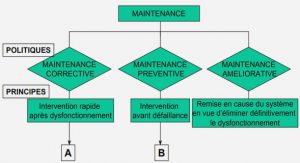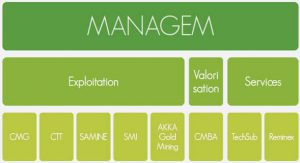Optimize SQL Server for Private Cloud

Microsoft Cloud Datacenters
Investments
$2.3B+ in cloud infrastructure
200+ services, delivered 24×7
Geo-distributed datacenters
Rapid modular model
30,000+ engineers involved in cloud-based activities
2,000+ people in cloud infrastructure engineering and operations
Operational Excellence
99.9% uptime, financially-backed SLAs
Federated operations centers 24×7
Standardized cost reporting
Secure, compliant infrastructure
FISMA certified, SAS 70 and ISO 27001 compliant
Carbon footprint reduction
Private Cloud is happening …
70% customers are doing/planning private cloud1
Half of federal agencies will be in the cloud within 12 months2
Adoption of virtualization and cloud computing to increase dramatically in the next 12 months3
Self-services are catching up with virtualization quickly4
When to virtualize and when not to virtualize SQL Server?
Customers should virtualize SQL Server
Start from smallest workload
Continue to larger workload over time with experience
Microsoft support SQL Server virtualization http://support.microsoft.com/?id=956893
Customers should not virtualize SQL Server
CPU: Need more than 4 logical processors
Memory: Need more than 64 GB per virtual machine
Discover Database Sprawl (MAP toolkit 5.5)
Performs discovery and inventory of SQL Server and other databases and instances (MySQL, Oracle, Sybase).Generates reports (inventory, proposals) Accelerate migration to the latest SQL Server
SQL Server Upgrade Advisor
Analyze SQL Server 2000, SQL Server 2005, SQL Server 2008
Identifies features and configuration changes before upgrade
Provide documentation (links) on resolving potential issues before upgrade
SQL Server Migration Assistant
Available for Oracle, MySQL, Sybase, Access
Automate migration of database objects, business logic (codes), and data to SQL Server
Proven tool
Physical to Virtual
Intuitive and easy to use
Wizard-based
Reconfigure storage, memory, CPU, etc.
Preserves network settings and MAC addresses
Script-able through PowerShell
Supported platforms
Live: Windows XP, Windows Server 2003, Windows Vista, Windows 7, Windows Server 2008/R2
Offline: Windows Server 2000
System Center Virtual Machine Manager 2008 R2
Maximize Resources
Centralized virtual machine deployment and management for Hyper-V, Virtual Server, and VMware ESX servers
Intelligent placement of Virtual Machines
Fast and reliable P2V and V2V conversion
Comprehensive application and service-level monitoring with Operations Manager
Increase Agility
Rapid provisioning of new and virtual machines with templates
Leverage and extend existing storage infrastructure and clusters
Allow for delegated management and access of VMs
Leverage Skills
Monitor physical and virtual machines from one console
Fully scriptable using Windows PowerShell
RECAP
Control/discover your DB sprawl
Run MAP toolkit to identify running DBs (SQL Server, MySQL, Oracle, Sybase)
Know when to virtualize or not
Capacity Planning
Understand Isolation/security/HA requirements
Determine software edition, version, & hardware requirements
Use Consolidation Planning Tool for SQL Server to understand resource requirements
Choose consolidation options
Upgrade using SQL Server Upgrade Advisor
Migrate using SQL Server Migration Assistant
Begin conversion (virtualize)
Use P2V to keep existing settings
Create new VM to combine multiple apps


